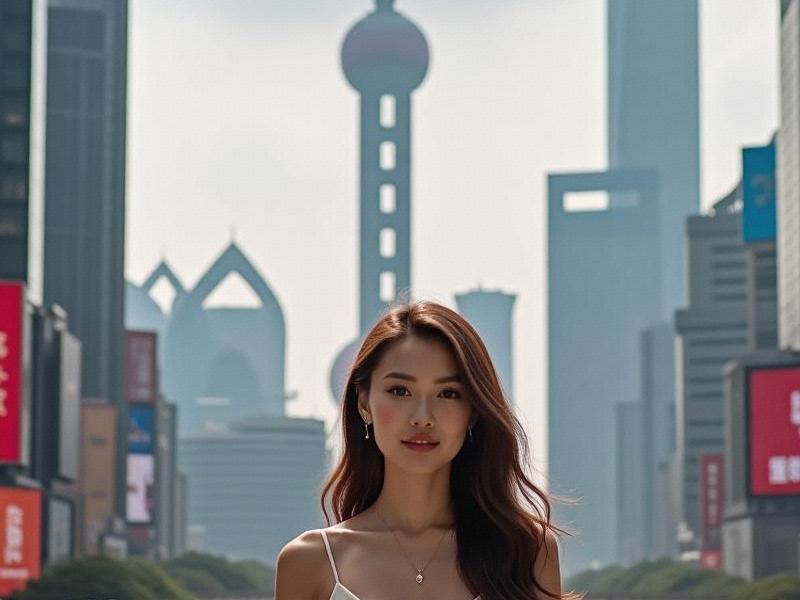This in-depth feature explores how Shanghai women have cultivated a unique urban identity blending Chinese traditions with global influences, becoming cultural trendsetters and economic powerhouses.

Section 1: The Legacy of Shanghai's "Modern Girls"
The Shanghainese woman archetype traces back to 1920s "modeng xiaojie" (modern girls) who first embraced Western fashions while maintaining Chinese aesthetics. Today's Shanghai belles inherit this dual-culture fluency - wearing qipao dresses to traditional tea houses while launching tech startups in Lujiazui. The recently opened Shanghai Women's History Museum showcases how this distinctive urban femininity evolved through decades of social transformation.
Fashion as Cultural Statement
Shanghai's Nanjing Road now hosts Asia's most avant-garde fashion experiments, where local designers like Helen Lee reinterpret cheongsam with 3D-printed accessories. The annual "East Bank Fashion Week" attracts global buyers seeking the "Shanghai Look" - characterized by bold color blocking with subtle traditional motifs. Industry analysts note Shanghai women spend 38% more on fashion than Beijing counterparts, viewing clothing as cultural capital.
爱上海419论坛
Economic Powerhouses
Behind Shanghai's glittering skyline, women dominate key economic sectors. Female founders lead 42% of Yangpu District's tech incubator projects, while the Shanghai Stock Exchange reports women control 45% of high-value investment accounts. The municipal government's "ShePower Initiative" provides mentorship programs helping women break glass ceilings in traditionally male-dominated fields like finance and engineering.
上海贵族宝贝sh1314 Social Pioneers
Shanghai's dating scene reveals shifting gender dynamics. The new "Women's Choice" matchmaking service (where women interview potential suitors) has 50,000 premium members. Meanwhile, the Shanghai Women's Federation reports divorce initiation rates by women have risen to 73%, reflecting growing financial independence.
Cultural Preservation
上海龙凤419 While embracing modernity, Shanghai women safeguard cultural heritage. The "Grandmothers' Wisdom Project" archives traditional skills like silk embroidery and mooncake making through intergenerational workshops. Young professionals increasingly balance corporate careers with studying guqin (Chinese zither) or calligraphy - what sociologists term "the new cultural bifocals".
Conclusion: The Shanghai Model
As China's most international city, Shanghai offers a unique blueprint for urban womanhood - proving tradition and progress needn't be mutually exclusive. With their distinctive blend of business acumen, cultural pride, and global outlook, Shanghai women continue redefining femininity in the Asian century.